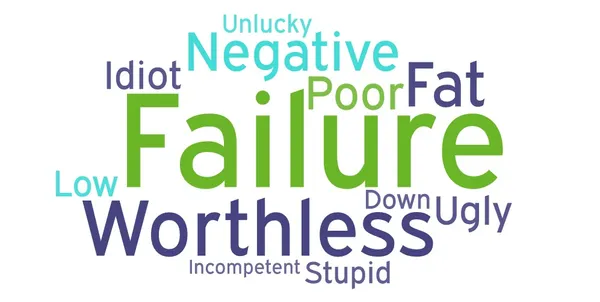Negative Automatic Thoughts
This blog post is associated with episode four of the podcast on Negative Automatic Thoughts and Cognitive Reframing with Jennifer Lee.
“I can’t even get a simple thing done. I’m so useless and pathetic.”
“All my friends are so much more successful and happier than I am.”
“I look so fat in this outfit.”
“I suck at presenting so my colleagues are going to laugh at me.”
These are all negative automatic thoughts (NATs) and happens to everyone at varying levels. It was first described by Aaron Beck, who is an American psychiatrist and the developer of Cognitive Behavioural Therapy (CBT). NATs are a stream of negatively framed interpretations of what we think is happening to us and usually impact the way we think, feel, and perceive things. If left unmanaged or occurs at an alarming level, it could lead to social anxiety disorder, which includes symptoms of anxiety or fear in social situations like meeting new people, talking to others, or using a public washroom. Individuals with social anxiety disorder are typically afraid that they will be judged, humiliated, or rejected. These symptoms are closely associated with NATs because individuals quickly jump to the negatives or worst-case scenario. Communication is also an incredibly personal way to exchange information, whether it’s with other people or ourselves. Oftentimes, we are critical and engage in negative self-talk or violent communication. In his book, Marshall B. Rosenberg talks about how nonviolent communication can increase our ability to live with the conscious choices that we have made, connect empathetically with ourselves and others, and sharing resources with one another to grow together. While this is usually easier said than done, actively working on being more compassionate with ourselves can change how we communicate internally and externally.

Dr. Alison Ledgerwood, a social psychologist, talks about getting stuck in the negatives and how to get unstuck in her TEDTalk. She notes that “we have to work harder to see the upside” of situations and that it takes a lot more effort to think about the positives. In the news, the negatives are typically reported over the positives because we think that the good should be normal and expected. This can lead to self-pity and victimizing yourself, which leads you even further down the dark rabbit hole of negativity. When we tell ourselves that we’re pathetic and worthless, we’re more likely to say no to opportunities that showcase our skills or knowledge because we’re afraid of what people will say. The more we have these thoughts, the more automatic our behaviours become. They can also be considered as cognitive distortions and include:

When working out the mental health muscle, the weights we are lifting are our thoughts and the reps are our behaviours. This is one of my favourite analogies because it highlights how mental health has to be actively worked on to see growth and improvement. One of the most popular interventions to treat social anxiety disorders and NATs is CBT, with a major focus on cognition or our thoughts. Therapists who practice CBT may introduce a concept called cognitive reframing, an evidence-based approach that guides individuals to look at a situation or person from a different perspective. It might sound easy when we’re looking at thoughts and statements coming from a friend, but when it comes from our own minds, it’s a lot harder than it seems, especially when NATs have become a pattern we’re used to.
The next time you’re having negative thoughts or feeling low about a situation, I encourage you to pause and consider the following:
There are instances where it may be more effective and helpful to write out your thoughts to organize and decipher them. Using a thought journal is one way to work through a NAT. It could look like this:
If you would like some more resources, Courtney E. Ackerman, who has a Masters of Arts in Positive Organizational Psychology provides some helpful strategies and tools here. Whether it’s a fleeting thought or something that has been on your mind for a long time, what can you do to reframe it?
